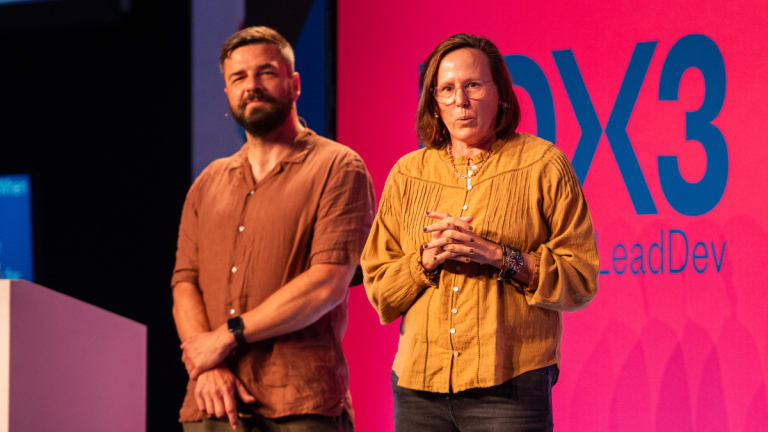Register or log in to access this video
Effective team communication shapes company culture at all levels. In this talk, we’ll explore habits, principles, and frameworks to foster healthy communication patterns.
More like this
Communication is the culture of a company – a sort of cultural fabric that weaves everything together. And yet, good communication within a team is incredibly challenging. It’s even more challenging for distributed and hybrid teams. Establishing good communication patterns is a vital element to a company’s success, to demonstrating credibility, and to building upon values and principles within teams.
This talk will explore several communication patterns and habits that can improve communication and knowledge sharing within your team. What communication habits are most important for a team to develop? How can you communicate and ensure common understanding? What principles can you put in place to encourage more voices to be heard? How can you know that your organization is communicating effectively? Through specific examples and learnings, this talk will share frameworks, reflections, and a common vocabulary for communicating more intentionally that, when used, can help leaders and teams to be more humane, motivated, cohesive, and even productive.






